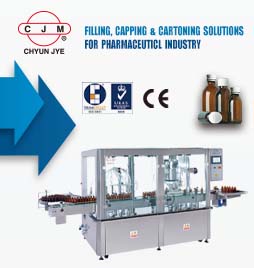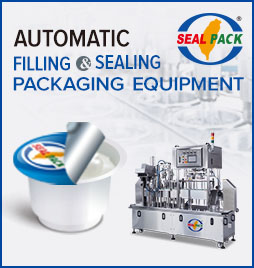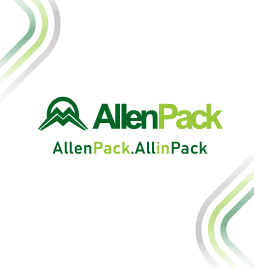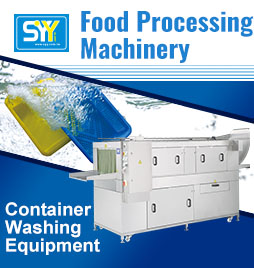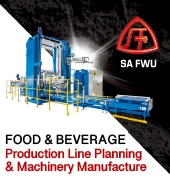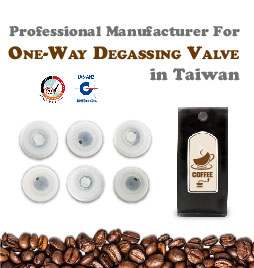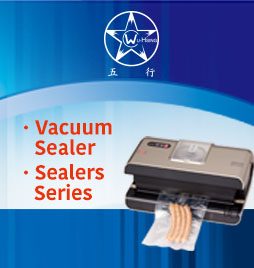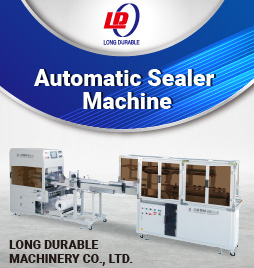CONTAINER AND SECURITY of food and beverage
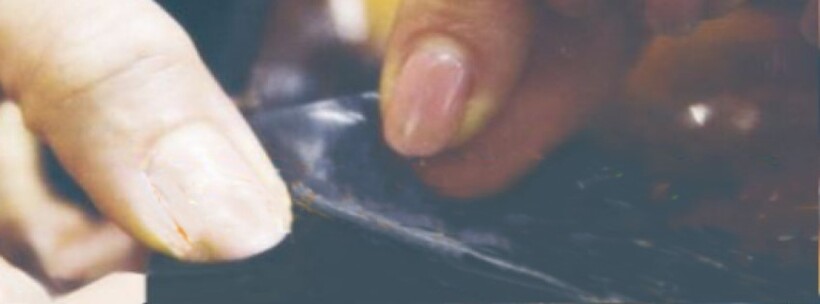
In a world where––thanks to advances in logistics and information technology––more and more products can be acquired more easily, while safety becomes a primary factor in ensuring the health of consumers. -Hiram Cruz
* General Director of the Mexican Association of Packaging (AMEE) / [email protected]
The food and beverage sector is not exempt from being attacked by illegal activities. Moreover, this applies to a successful product, which becomes a perfect target for illegal trade, counterfeiting, adulteration, theft, contraband or diversion of products.
According to the report by Operation OPSON VI, which was conducted by Europol, Interpol, and directed against food fraud, around 230 million Euros were reported for counterfeit food and beverages that were seized. What represents 9,800 tons; more than 26.4 million liters and 13 million potentially harmful units, ranging from daily products, such as mineral water, condiment cubes, mariaco and olive oil, alcoholic beverages, to luxury products, such as caviar. For example, Germany: hazelnut products; France: food seasonings; Portugal: fish cans; Italy: mineral water, counterfeit wine; Denmark: virgin olive oil; Greece: contraband alcohol; Spain: octopus and squid.
Without any doubt, we realize that the growth of commerce has surpassed traditionally affected industries such as music, clothing, and computers. Thus, this phenomenon has reached areas, which threaten the physical integrity of people and even to the point of damaging the cultural heritage of a country.
An example is the way in which many consumers are deceived by using false labels on food, passing them off as original products of good quality.
Another sector that has been severely affected is that of alcoholic beverages, because according to a study by the National Regulatory Council of Tequila, one of every two bottles of this beverage has been "pirated," which represents health risks for those who consume the product. It can even cause death.
The success of illegal traders and the huge margins they obtain has led to an increasing sophistication of the counterfeiting capacity. For the public, which is not familiar with the product, it is almost impossible to tell the difference between the authentic and the illegal one with fake labels, lids and tags.
Based on the above, it is very important to be able to consider some additional security elements with which the products can be provided.
-Intelligent holograms-
A hologram is an image made with laser light and printed on a plate or on a film sensitive to light, which has the peculiarity of producing objects in relief. The image seems suspended in space, and if the hologram is moved, the image is seen from a different perspective in a similar way as to what happens when a real object is observed.
So convincing are they that they can be touched by hand. It is a very thin piece of film or photosensitive glass, on which a three-dimensional image has been recorded through a laser and a specific optical assembly.
It provides the products with a cutting-edge technological look and relates them directly with good quality. The brightness and impression it provides on the packaging attracts attention and elevates the consumer confidence in the product at the sales outlet.
It marks a remarkable difference between a product and similar ones (or copies). In addition, a hologram is unforgeable, so it protects the brand against piracy and fraud. Moreover, the cost-benefit is totally positive.
-Security inks-
Currently, the field of inks has developed an important variety of security inks. This in order to protect brands and their products from piracy and from the illegal market. For example:
Inks changing the color when changing the angle of observation. These inks also have dual polymerization properties, which can be seen through a filter divider.
Machine-readable ink. It produces an invisible image, which can only be identified by using devices specially designed to read this ink.
Thermochromatic ink. It reacts to temperature variations by changing color to colorless when heat is applied, or from colorless to an ink with color when exposed to low temperatures.
Invisible fluorescent ink. It produces images, which are invisible under the light of the environment, but they fluoresce when they are illuminated with a black ultraviolet light.
Solvent-reactive ink. It allows images that change color or disappear when exposed to the countless solvents used to illegally alter bank checks and other valuable documents.
Water-reactive ink. Produces images that disappear or change the color when exposed to aqueous solvents.
Ink reactive to ink for fountain pens. It is a colorless image that becomes visible by passing the fountain pen containing a specially formulated reactive solution.
Inks reactive to coins. Invisible image that becomes visible when rubbing with the edge of a coin.
-Labels with evidence of opening-
The cases of sabotage are forcing to complement the traditional solution for evidencing an illicit opening incorporated in the containers, such as the shrink sleeves or the plastic plugs with seal strip with "tamper-evident" labels.
The void labels and security seals show the illicit opening of the product. They provide transparency to the distribution circuit of the products and assure the customer the quality and integrity of what they are buying.
-Product traceability-
The labels of food is one of the main tools that allow its traceability. In addition to containing the bar code, which must be governed by international traceability standards (GS1), the label must contain information on the origin or where the animal has been fattened and slaughtered to gain the meat, information on its distribution, among others.
All this information can be encrypted through barcodes or two-dimensional codes (2D Data Matrix) and can be decoded in computers connected to a database.
If we take the needs of identification one step further, we find tracking and traceability systems where each label has unique and personal information. The identification of products through radio frequency (RFID) allows to achieve a visible and intelligent distribution chain and in real time, from the beginning (manufacturer) to the end (consumer).

